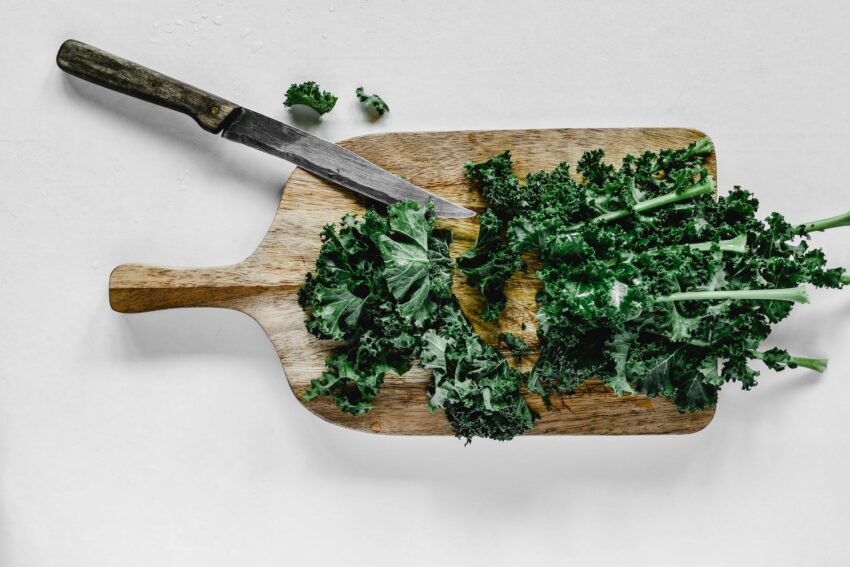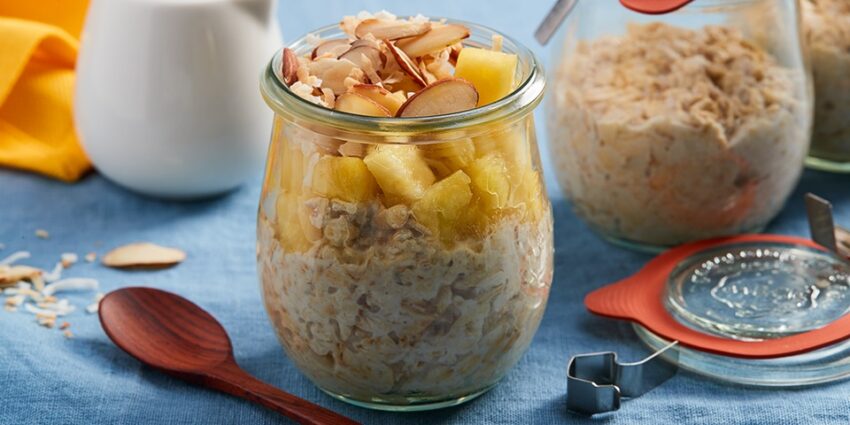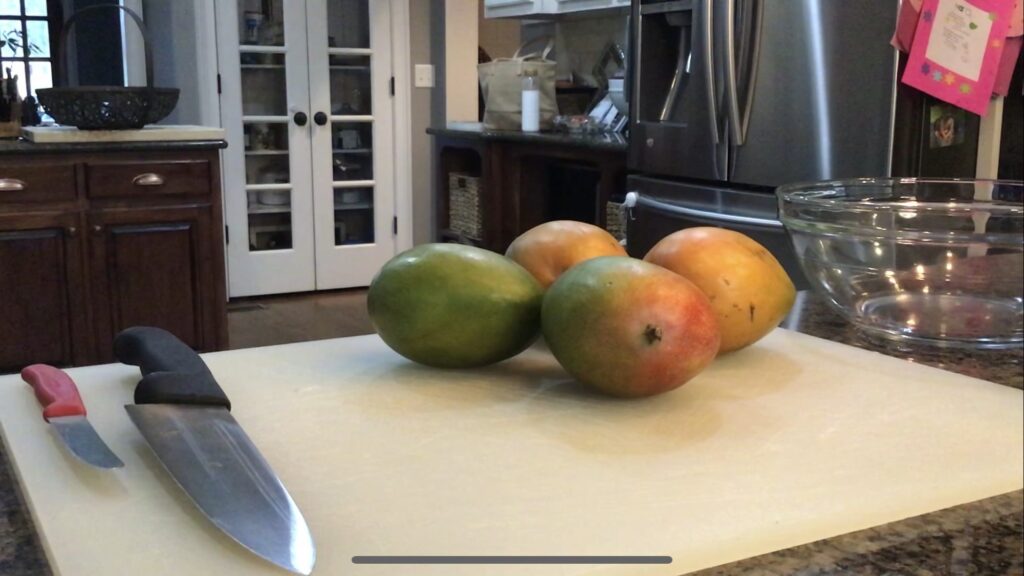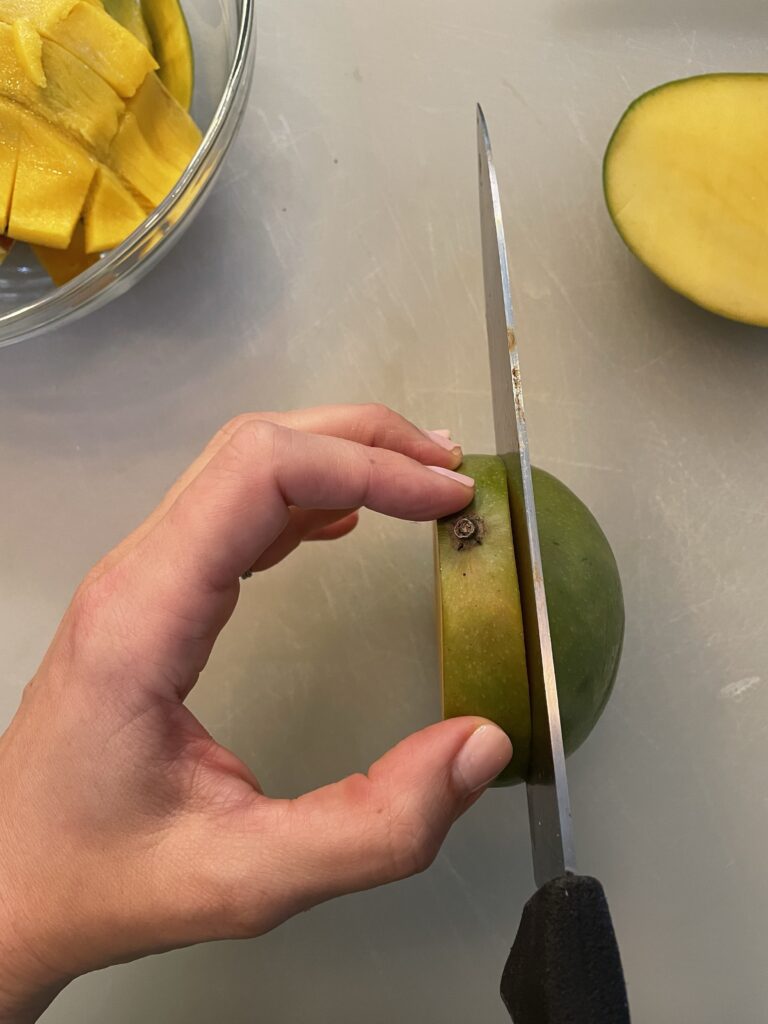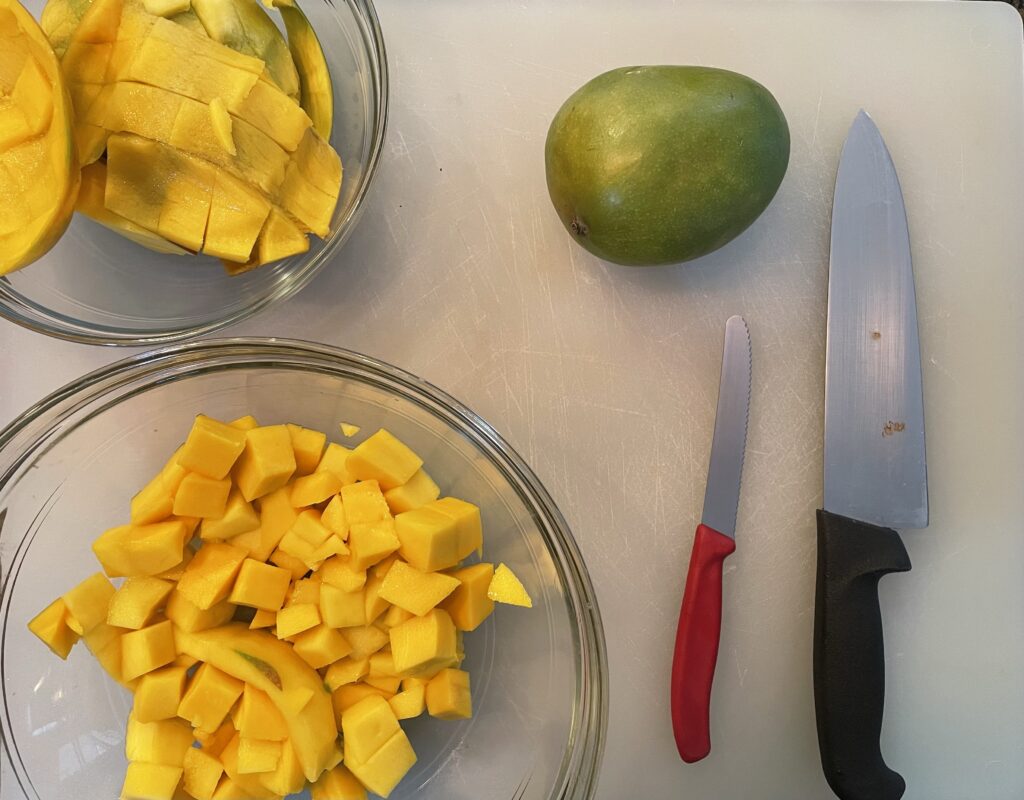How to prep kale for any recipe – step by step
Kale is a delicious, leafy green that’s rich in vitamin C and essential nutrients. It’s no surprise that many people consider it one of their favorite ingredients! However, if you’ve ever cooked with curly kale, tuscan kale, dinosaur kale, or lacinato kale, you might have noticed that these greens have tough stems running down the center of the leaves. These stems can be bitter and chewy, detracting from the best flavor of the kale leaf. That’s where deveining kale comes in. In this step-by-step guide, you’ll learn the best way to devein kale for any recipe.
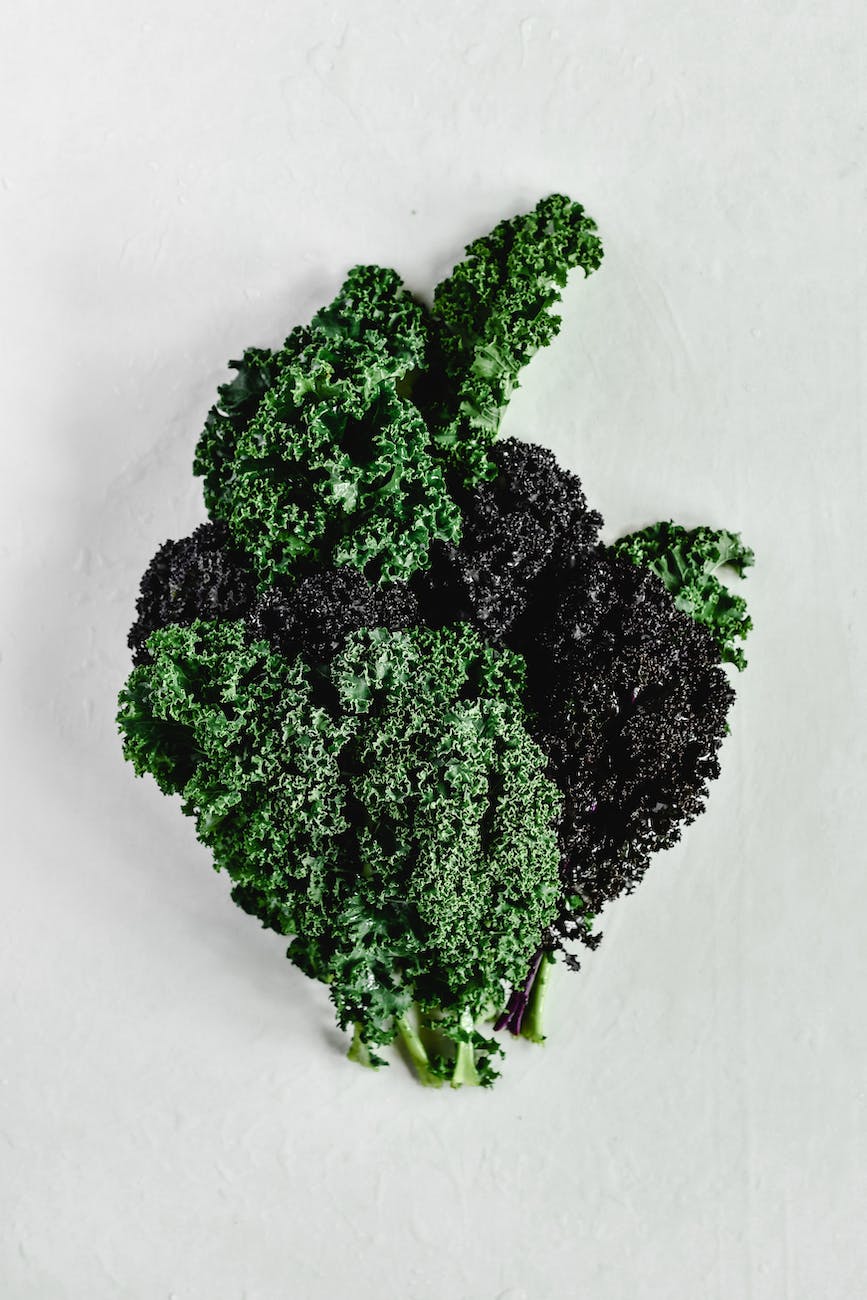
Table of contents
Step-by-Step Guide: How to Devein Kale for Any Recipe
Step 1: Gather Your Tools and Ingredients
To prepare your kale, you’ll need a few simple tools and ingredients:
- A bunch of kale (curly kale, tuscan kale, dinosaur kale, or lacinato kale all work well)
- A cutting board
- A sharp knife
- A large bowl
- Cold water
- Ice
- Paper towels or a salad spinner
Optional:
- Plastic bags
- Sheet pans
Step 2: Remove the Kale Leaves from the Stem
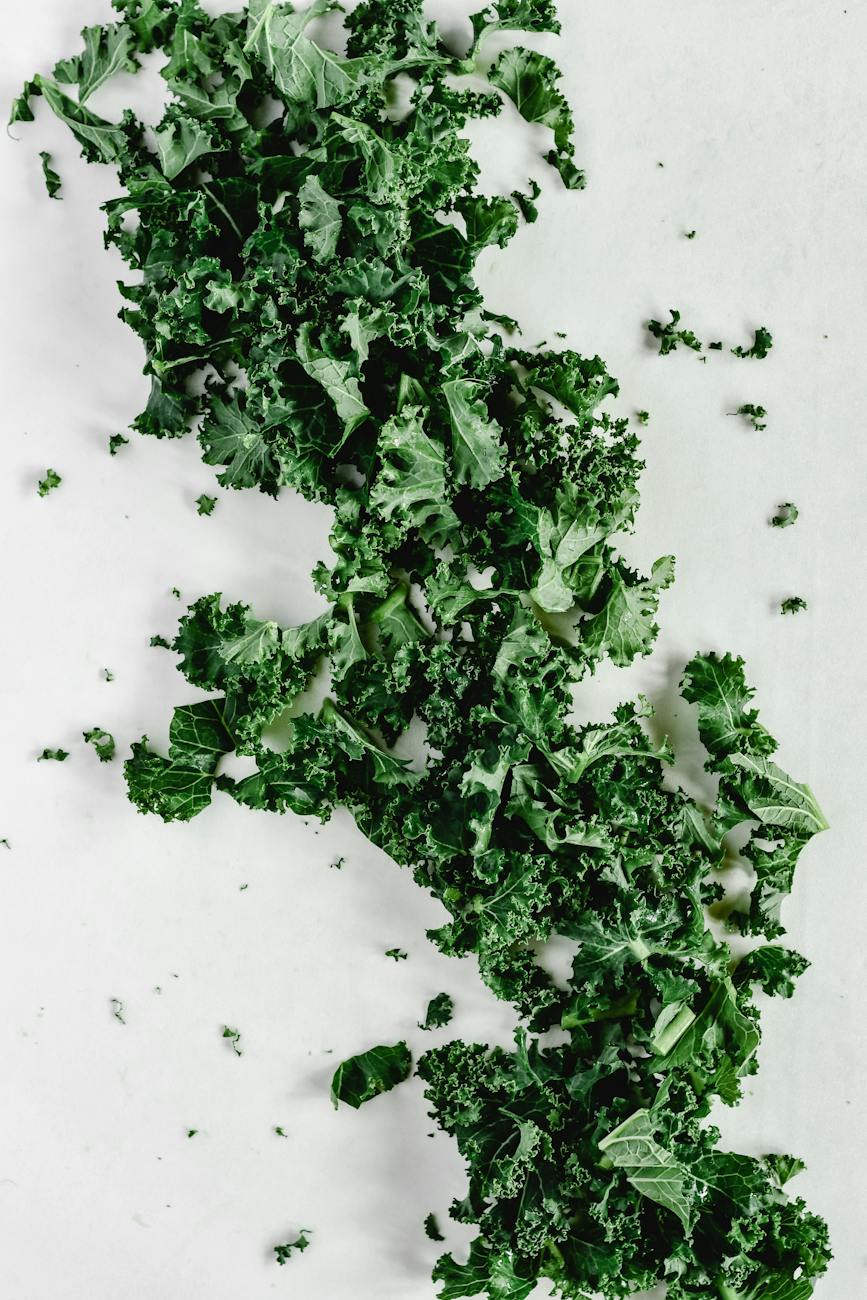
To begin, hold the kale leaf by the stem, with the tip of the leave pointing down. With a paring knife, slide the blade of the knife down both sides of the stem. The tough stems should come out in one piece, leaving you with kale leaves ready to be washed and cooked.
Step 3: Wash the Kale Leaves
Once you’ve separated the kale leaf from the stem, put the leaves in a large bowl of cold water. Move the leaves around in the water to help remove any dirt or debris. Then, lift the kale leaves out of the water and discard the water. It’s important to remember not to soak the leaves for too long, as kale can absorb too much water and become soggy, diminishing its best flavor.
Step 4: Blanch the Kale (optional)
If you’d like to soften your kale leaves, you can quickly blanch them in boiling water for about 30 seconds. Then, immediately transfer the blanched kale to a bowl of ice water to stop the cooking process. After a minute or two, drain the kale and gently squeeze any excess water out of the leaves.
Step 5: Dry the Kale Leaves
Whether you blanch the kale or not, it’s important to dry the leaves well before cooking. You can do this by using paper towels to blot the kale dry or by using a salad spinner to remove excess water. If you choose to use a salad spinner, be sure to spin the leaves in smaller pieces to ensure that they dry thoroughly.
Step 6: Chopping the Kale Leaves
Now that you’ve deveined and cleaned your kale, it’s time to chop it into smaller pieces. Using a sharp knife, cut the leaves into thin strips or smaller pieces, depending on the recipe. Skip this step if you need the leaves to remain whole.
Step 7: Store Your Deveined Kale
To keep your kale fresh and crisp, wrap it in paper towels, place it in a plastic bag, and store it in the refrigerator. This will help absorb any excess moisture and keep your kale fresh for up to a week. In a pinch, you can purchase kale at your local farmer’s market or grocery store that has already been washed chopped and deveined.
Easy recipes to make with Kale
Kale Chips: Toss the chopped kale leaves with a bit of olive oil or sesame oil and add a pinch of salt. Spread them in a single layer on a sheet pan and bake in the oven at 350°F for about 10-15 minutes, or until they’re crispy.
Optional: For an added kick, you can add a squeeze of lemon juice or sprinkle of red pepper flakes to your kale leaves.
Kale Salad: Drizzle your fresh kale(small pieces) with red wine vinegar and a bit of salt. Massage the kale with your hands until kale is slightly wilted. Then drizzle with olive oil and fresh ground pepper to taste. You can top this with goat cheese, white beans and pepitas for a refreshing side. It’s my favorite way to eat kale!
One of the best things about kale is its versatility in the kitchen. It can be eaten raw, blended into smoothies, roasted, sautéed, or even made into chips.
This baked salad recipe with kale is a must try!

“As a mom and registered dietitian, I am always on the lookout for nutrient-dense and delicious food options that my family will actually enjoy. That’s why I love sautéing kale with just a few simple ingredients – olive oil, garlic, and Seasonello seasoning. Not only does it taste incredibly flavorful, but it’s also full of essential vitamins and minerals. Plus, the healthy fats from the olive oil help your body absorb those nutrients even better. When you cook up a big batch of this tasty kale dish, it’ll be hard to keep it on the table for very long. Give it a try and see for yourself!”
Melanie Marcus MA RD
Kale Nutrition
Kale is a superstar among greens, packed with vitamins and minerals such as vitamin C, vitamin K, vitamin A, calcium, magnesium and folate. It is also rich in antioxidants and fiber, making it an excellent addition to almost any diet.1
In addition to its impressive nutrient profile, kale has been linked to a range of potential health benefits. Studies have shown that consuming kale may help improve heart health, reduce inflammation, and even lower the risk of some cancers. It is also a low-calorie food with about 40 calories per 100g, which can be helpful for weight management.
The nice thing about kale, as with most green leafy vegetables, it fits well with may eating patterns including the mediterranean diet, the keto diet, low carb , vegetarian, vegan and gluten free.
If you’re following the Faster Way to Fat Loss, kale is a vegetable that can fit on your regular macro, low macro, and low carb day plans.
Sources
- Alfawaz, H. A., Wani, K., Alrakayan, H., Alnaami, A. M., & Al-Daghri, N. M. (2022). Awareness, Knowledge and Attitude towards ‘Superfood’ Kale and Its Health Benefits among Arab Adults. Nutrients, 14(2), 245. https://doi.org/10.3390/nu14020245


